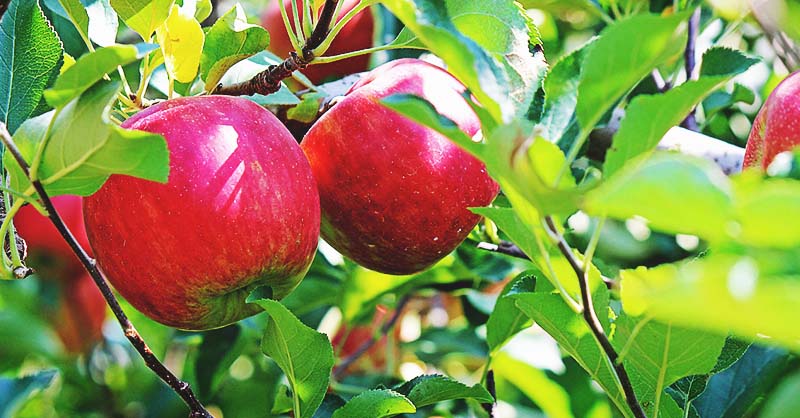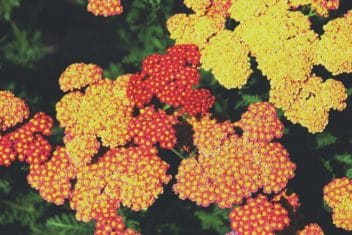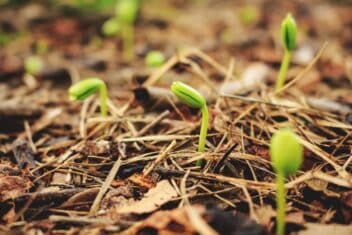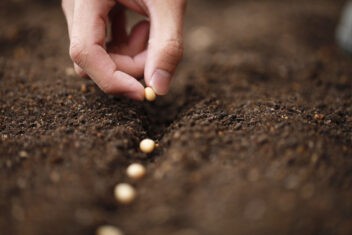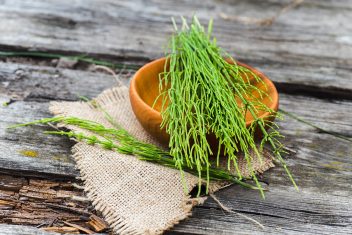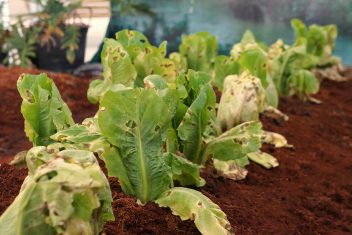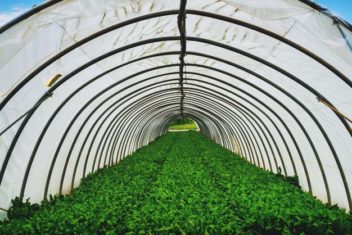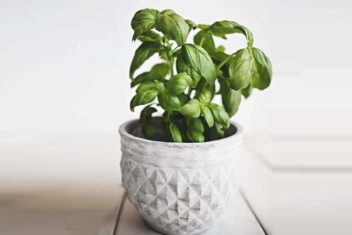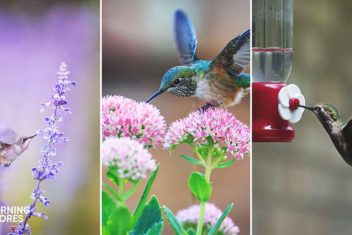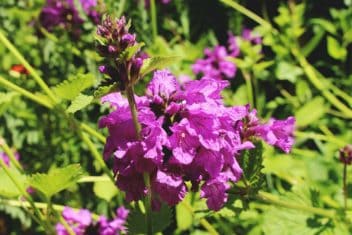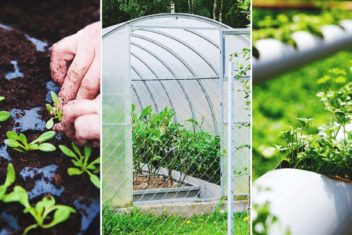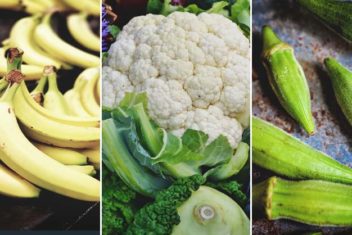Apples are the quintessential American fruit. From the tale of Johnny Appleseed to the well-known aphorism ‘an apple a day keeps the doctor away,’ we Americans love our apple trees. The versatile plant deserves its reputation, and we think every yard should have an apple tree. Don’t be daunted by the fact that there are hundreds of apple varieties to choose from. We’re giving you eight favorites that we think are particularly tasty, and we’ll explain why they’re the right choice for your space.
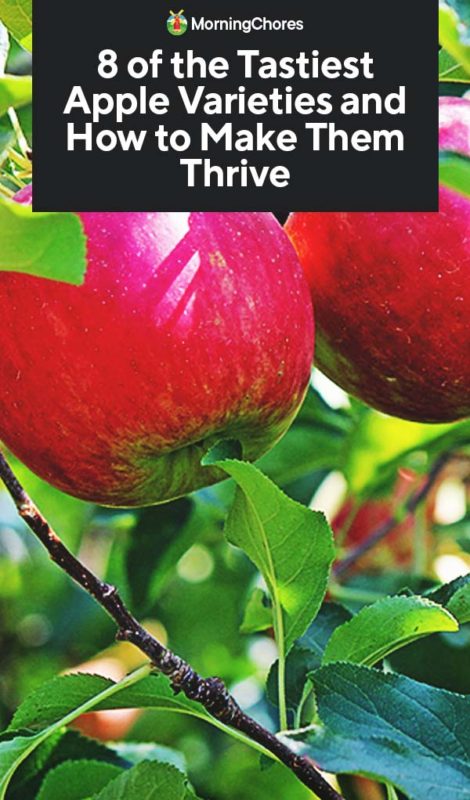
Why Grow Apples
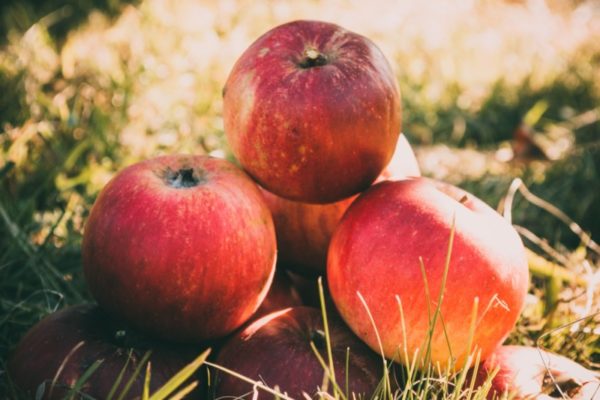
First of all, why should you grow apples? Apples are a multifaceted fruit. If you have a small space, they make an appealing option. They are also fast growing. Apple trees can start bearing fruit in a couple of years and grow readily throughout much of North America. Many apple varieties are prolific producers without needing much fuss to flourish.
Then there’s all that delicious fruit. Apples aren’t just for pies. Whether you crave sweet, tart, crispy, or soft, you can find apples that are ideal raw, baked, churned into butter or dried into an on-the-go snack.
Although the fruit gets all the attention, apple trees are gorgeous when they are in bloom. You could say that they are as beautiful as they are functional, providing ornamental interest to a yard. You can even eat apple blossoms.
On top of that, there are apple varieties that produce from July to November, meaning you can have fresh fruit for a large portion of the year.
Planning Your Apple Tree Orchard
An apple orchard may be two trees or it may be twenty. Regardless of size, you need to do some planning to make the most of your trees. First, take into consideration your property, the size of the tree, the variety you are interested in, and the pollination needs of the tree.
Apple trees need a location that has full sun and good drainage. Rich, loamy soil is ideal. Don’t worry if your soil is not perfect, you can add amendments to improve it when you get planting.
Young trees also need adequate moisture. You can add an irrigation system or plant them close to a water source for easy watering.
The amount of space you have will dictate how many and what kinds of trees to plant. Measure where you want to place your apple trees and compare with the final size of the variety in mind. A dwarf type usually needs 10-feet between trees and a semi-dwarf tree needs 15-feet. Standard trees will need 20-feet.
Once you establish how many trees can fit into your space, then you need to consider what apple varieties you want. Some tree types do better in warmer climates, while others suffer in too much humidity.
Variety selection will go hand in hand with pollination requirements. Apples require cross-pollination and there is an art to picking apple varieties that complement each other.
A tree that is an early bloomer such as Liberty is not the best pollinator for a Northern Spy, which is a late bloomer. Apple pollination charts can help you decide on which to plant.

Image via Ame Vanorio
Keep in mind that pollinating insects such as honey bees, bumble bees, hoverflies and/or butterflies are critical to your apple success. No pollinators mean no fruit. It’s to your advantage to plant where these pollinators are particularly active.
Planting Your Apple Trees
Apples can be planted in either the spring or the fall.
The first thing I do is remove the sod or top layer of the soil. I toss this on my compost pile because it has grass and weed roots which can repopulate. If I see grubs among the thatch I will pick them out and toss them to the chickens. While I am digging I throw the dirt into a wheelbarrow or wagon. I remove the rocks to the rock pile.
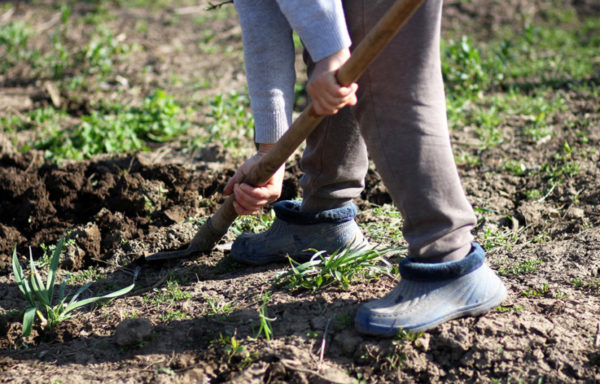
The next step is to mix in peat moss and amendments with the existing soil.
How I choose to amend the soil varies with the season. In spring, I add more nitrogen because with the warm weather I like to get a jump on growth. On the other hand, since nitrogen leads to leaf growth it isn’t ideal in the fall.
Instead, in fall, I mix in well-aged compost and some bone meal to support good root growth. Even though you don’t see growth in fall and winter, your tree is still growing under the ground. We want to encourage the tree to grow sturdy roots to stabilize itself, and to get ready to take in nourishment come spring.
My Formula
I’ve come up with a foolproof formula for planting apple trees. Mix the following ingredients together. I like to mix everything in my wheelbarrow, but you can mix it all together in the hole if you want.
- Soil from the hole
- A gallon tub of peat moss
- A gallon tub of well-aged compost
- Two cups bonemeal
- Two cups fish meal in the spring only
While this method takes more time than digging a hole and sticking in a tree, it will pay off huge dividends in the long run.
The peat moss adds texture and helps regulate water in the soil. Your compost will provide micronutrients that will get your tree off to a great start. Bone meal is high in phosphorus and great for root growth.
Get It In the Ground
Measure your hole so that it is several inches deeper than the roots of your tree. Add three to four inches of your soil mix to the bottom of the hole. This will allow the roots to spread out and begin taking in nutrients.
The bigger the hole you dig for the roots, the better off the tree will be.
Next use a friend, child or stick to hold your tree upright. Shovel your soil mix around the roots. Pat it down so that the soil is firmly next to the trunk so it doesn’t wobble. You may have soil leftover. Spread it around the tree and water it thoroughly.
Mulch around your tree in a 4-foot circumference to keep weeds at bay. Keep the mulch 4-inches away from the trunk to keep rodents and insects from hiding near the tree and chewing on the trunk.
Straw and wood chips make good organic mulches. I have been experimenting with the round recycled rubber mulches for trees with some success.
My Top 8 Varieties of Apple Trees
There are hundreds of apple varieties. Some are newer varieties that have been developed for commercial use. Some are older heirloom varieties that have stood the test of time.
I have predominantly heirloom varieties in my orchard because I prefer the way they taste. Commercial varieties are often bred for shipping and marketing considerations that a home gardener doesn’t need to worry about.
It can be a hard decision when you are at the local nursery or eyeing a tree catalog. Read the descriptions carefully. You can ask your county horticulturist what varieties they recommend for your area. Or you can take a look at the list below, which includes my favorite apple varieties that are easy to find, work well in most areas, and are known for their delicious flavor.
1. Cox Orange Pippin
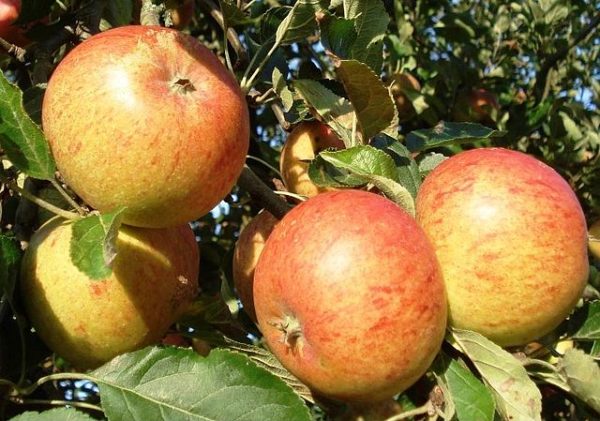
The Cox Orange Pippin is my favorite apple. It is a hardy tree, pest resistant and the fruit is great for eating fresh with a sweet, delicious crunch with hints of orange and mango. The Cox Orange Pippin is revered in Great Britain and is a mainstay of many breeding programs.
But the real reason I love this heirloom apple tree is that my favorite children’s author, Roald Dahl, featured this tree in several of his books. Dahl was an avid gardener and loved to cook.
The fruits ripen in mid to late September and are wonderful for cider, juice, and drying. They don’t store well, but that’s ok because they usually get eaten well before they can go off.
If you are interested in espalier, this tree is particularly good for training.
2. Gala
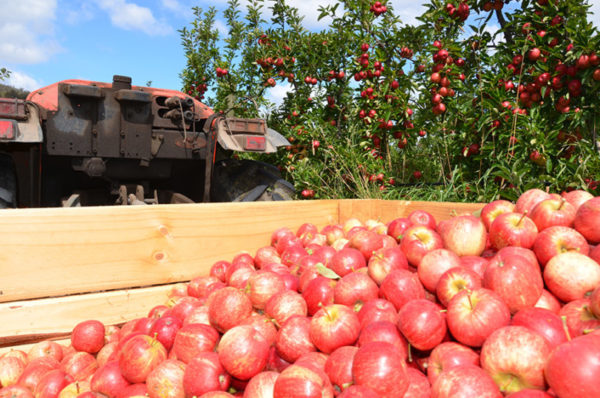
Gala apples are a true southern gem. They are fairly disease resistant and grow best in zones 5-8. The trees are abundant producers.
Gala apples have a sweet, pleasant flavor and are wonderful baking apples, drying apples or for making applesauce. They don’t store as well as some varieties, however.
They are a mid-season bloomer but an early producer. My Gala is the first to ripen in mid-August.
3. Granny Smith
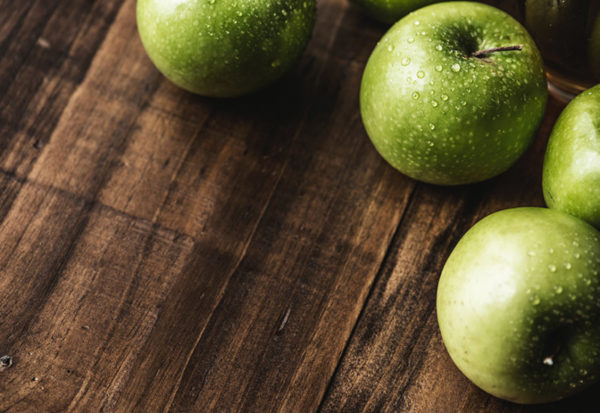
Do you love crispy sweet-tart apples? Then the classic granny smith is for you. Great fresh off the tree, dried, in cider, and in pies.
When my kids were young they couldn’t wait for them to ripen for after school snacks. They do well in the south or in warmer climes, resist cedar apple rust and fire blight and are hardy in zones 5-8.
Fruit ripens in September and October and can be stored for 3 months or more. The trees are reliable growers with an average output.
4. Honeycrisp
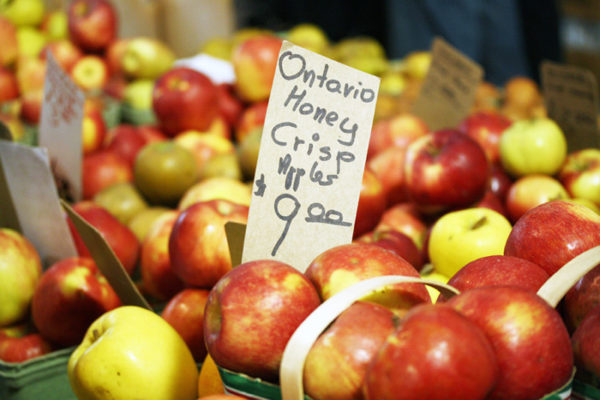
I have included the Honeycrisp apple here because it is such a popular apple, and for a good reason. If you’ve ever tasted one, you know they are delectable, and their taste only improves in storage. Honeycrisps do well in colder climates and can be planted in zones 3-6.
Sadly, they don’t do as well in the humid south because they are susceptible to fungus diseases. They are also a little more finicky, and need extra care and dedicated pruning to produce well. If you are willing to put in the effort, the flavor is worth it.
Honeycrisp trees bloom mid-season and ripen in late August into September in most areas. I will admit to total failure with this variety. In my humid south farm, both of my trees have succumbed to fire blight, another danger to which they are susceptible.
Still, if you live in a cooler or drier area, it is worth giving this tasty apple variety a try. For fresh eating, they are hard to beat.
5. Liberty
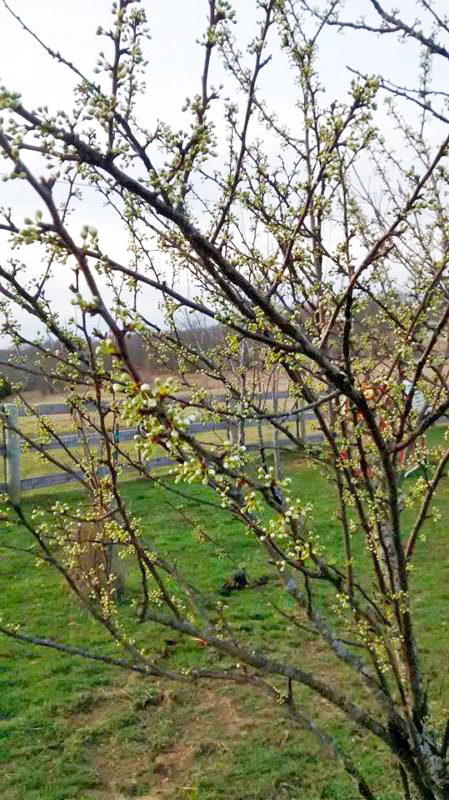
Image via Ame Vanorio
Liberty is a low-maintenance variety that was bred to resist many pests and diseases such as scab, rust, and fireblight. It’s an early bloomer and good for zones 4-9.
Liberty trees bear lots of fruit in late summer and into the fall, and makes a wonderful crop for the mid-season. It’s not the best for storing but is wonderful eaten fresh and cooks up nicely. It’s a favorite for desserts or for drying. My Liberty tree reliably produces great apples every year.
The fruits have a sweet-tart flavor with a wonderful juiciness.
6. Northern Spy
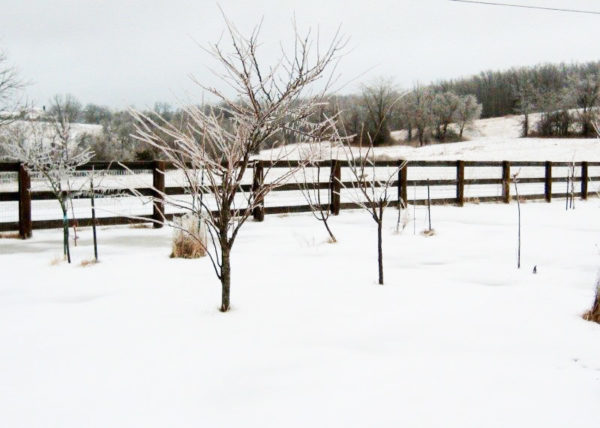
Image via Ame Vanorio
The Northern Spy apple is a great all-American apple variety, especially for northern gardeners, as the name implies. The fruit lends itself as readily to fresh eating as it does to pies and sauces. It is also popular for making cider and stores well for 3 months or more.
The Northern Spy does well in zones 4-9 and is exceptionally hardy. It resists many pests and diseases, though it is susceptible to fireblight.
The fruit tastes honeyed and sweet and ripens in October.
They do have a reputation as being slow to bear fruit, and I can attest to that. Mine took five years before it started bearing fruit and, at the age of seven, it is only now starting to be productive. They can also be biennial producers, which means it can bear heavily one year and light the next.
7. Red Delicious Apple
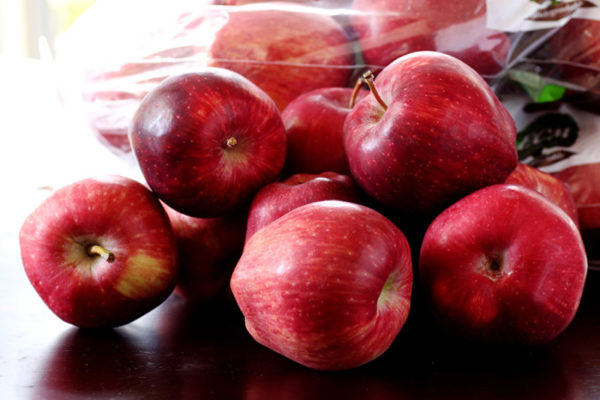
A longtime commercial staple, and one of the most famous varieties, the Red Delicious is known as America’s favorite apple. They also do well in home orchards because they are resistant to many pests and diseases and they grow quickly.
Red delicious blooms mid-season and is hardy in zones 5-8. There are several sub-varieties of Red Delicious apples, so you can find one that is perfect for your area.
It produces in late September to mid-October and will give you bushel after bushel of gorgeous apples that taste as good as they look. Fruits are tender, crispy and juicy and can be stored in a cool area for up to 6 months. They are also tasty in desserts or fresh.
Red Delicious is another biennial bearer.
8. Winesap
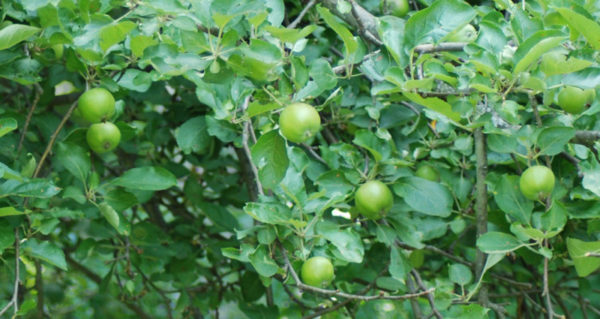
The Winesap apple has a flavor that is a bit different than your typical apple, with a spicy, wine-like taste that is out of this world. I like it because both the fruit and the blossoms smell wonderful. I am surprised I have not been stung by my honeybees as I put my face in the blossoms!
This heirloom apple variety was developed in New Jersey, and while it is lesser known, it’s popular with both northern and southern growers. Hardy in zones 5-9, it is perfect for ciders, sauces, and preserves. They are also great fresh if you are looking for a flavor that is a bit out of the norm.
The fruit ripens in mid-October and the trees are reliable producers, though they can be slow to start bearing.
What Are You Waiting For?
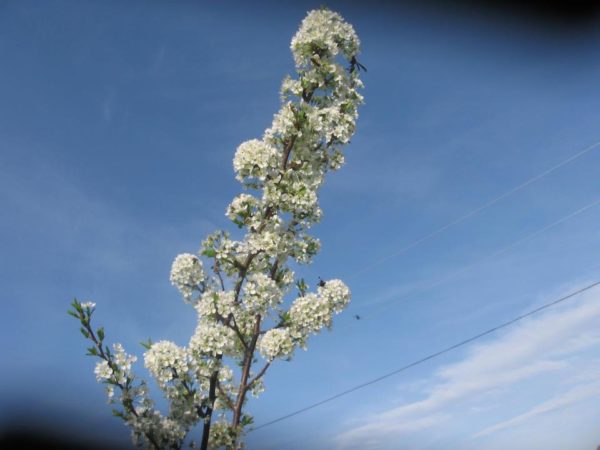
Image via Ame Vanorio
If you don’t have an apple tree (or ten) in your yard, now is the time to get one in the ground. In just a few years, a fast-growing tree could be filling your barrels with bushels of crisp, delicious apples. Let us know if we missed one of your favorite apple varieties, and share your recipes for apples in the comments below.

